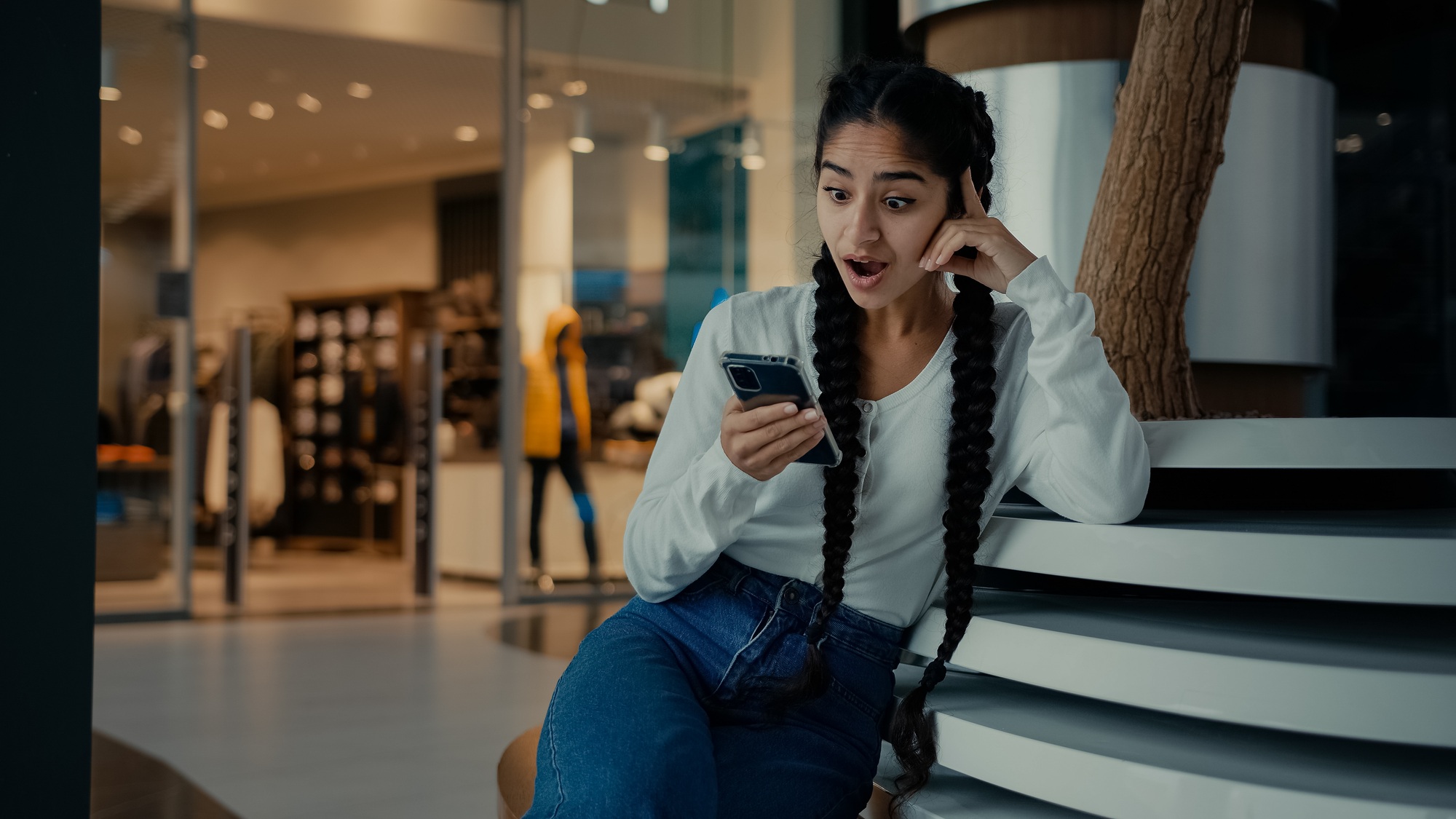Key Takeaways

- Definition of Click and Mortar: This retail model integrates online and physical store elements, providing businesses with the ability to reach broader audiences and enhance customer experiences.
- Customer-Centric Flexibility: Click and mortar allows consumers to shop online, pick up in-store, or enjoy both options, catering to diverse shopping preferences and fostering brand loyalty.
- Sales Growth Potential: By combining online promotions with physical store engagement, businesses can increase foot traffic and broaden their audience reach, leading to higher sales opportunities.
- Operational Challenges: Effective management of online and offline operations is crucial to avoid issues such as inventory discrepancies and to ensure a cohesive customer experience across channels.
- Technology Integration Importance: Investing in unified technology systems, like CRM and inventory management tools, is essential for seamless operations within the click and mortar model.
- Future Trends: The click and mortar approach will continue to evolve, focusing on enhanced customer experiences and integrating physical and online platforms to meet changing consumer behaviors.
In today’s fast-paced retail landscape, the term “click and mortar” has become a game-changer for businesses. It seamlessly blends the convenience of online shopping with the tactile experience of traditional brick-and-mortar stores. You might wonder how this hybrid model can enhance customer engagement and drive sales.
As consumers increasingly seek flexibility in their shopping experience, click and mortar stores provide the best of both worlds. You can browse products online, enjoy the ease of home delivery, or visit a physical location to see and feel items before making a purchase. This approach not only meets diverse consumer preferences but also fosters brand loyalty. Dive into the world of click and mortar to discover how it’s reshaping the retail experience and what it means for your shopping habits.
What Is Click And Mortar?

Click and mortar refers to a retail model combining both online and physical store elements. This approach allows small businesses to cater to a broader audience by offering the convenience of e-commerce alongside the personal touch of in-store shopping.
You can engage customers by providing an online platform for browsing products and making purchases, while also having a brick-and-mortar location where they can interact with products. This model enhances customer experiences, meeting diverse shopping preferences.
With click and mortar, you not only drive online sales but also encourage foot traffic to your physical location. This hybrid approach builds brand loyalty, as customers appreciate the flexibility to shop how they want. In today’s competitive retail landscape, adopting a click and mortar strategy can significantly benefit your small business, ensuring you stay relevant and responsive to consumer demands.
Benefits Of Click And Mortar

The click and mortar model offers distinct advantages for small businesses in the retail sector, blending online and in-store shopping experiences.
Enhanced Customer Experience
- Seamless Shopping Experience: You can provide customers the convenience of shopping online, in-store, or using a mix of both. Options like buy online and pick up in-store (BOPIS) allow customers flexibility while meeting their expectations for a consistent shopping journey across all platforms.
- Personalized Experiences: This model enables you to create tailored interactions across online and offline channels. Engaging customers in person fosters trust and recognition for your brand, helping to build a loyal customer base.
Increased Sales Opportunities
- Broader Audience Reach: Integrating an online presence with your physical store expands your reach. Consumers who might not visit your location can discover your products online, increasing potential sales.
- Boosted Foot Traffic: Online promotions and marketing can lure customers to your store, boosting foot traffic. The ability to engage customers both online and in-person can lead to higher transaction values and repeat visits.
Challenges Of Click And Mortar

The click and mortar model introduces specific challenges for small businesses when integrating online and offline operations. Understanding these challenges leads to better strategies for success.
Managing Online And Offline Operations
Managing online and offline operations involves coordination between two platforms. You face complexities, such as inventory management, logistics, and customer experiences. For instance, if your online store sells an item, it must reflect accurately in your physical store’s inventory. Failure to achieve this can lead to customer dissatisfaction and lost sales. Streamlined processes that synchronize these channels enable small businesses to enhance efficiency and provide a cohesive shopping experience.
Technology Integration
Technology integration plays a crucial role in overcoming challenges within the click and mortar model. You need systems that unify online and offline channels, from point-of-sale systems to e-commerce platforms. Leveraging tools, like customer relationship management (CRM) software, helps you track customer interactions across channels. Efficient technology integration supports real-time inventory updates and accurate data reporting. For small businesses, investing in the right technology ensures a competitive edge in the evolving retail landscape.
Successful Click And Mortar Examples

Numerous businesses have successfully adopted the click and mortar model, blending online presence with physical locations to enhance customer experience and drive sales.
Retail Case Studies
- Amazon:
- Amazon represents a leading example of a click and mortar model. The company combines its e-commerce platform with physical stores like Amazon Fresh and Whole Foods Market. This integration allows customers to order groceries online and select between home delivery or in-store pickup. Such flexibility elevates the shopping experience, catering to diverse customer preferences.
- LIVELY:
- LIVELY, a small business specializing in bras, initially launched online before expanding into brick-and-mortar locations. This strategy resulted in an 80% increase in average order value, showcasing the benefits of an omnichannel approach. By offering customers both online and physical shopping options, LIVELY strengthened its market presence.
Service Industry Case Studies
- Local Coffee Shops:
- Many local coffee shops now offer online ordering alongside their physical locations. Customers can order coffee through an app and pick it up without waiting in line. This dual approach meets customer demands for convenience while strengthening local brand loyalty.
- Fitness Studios:
- Fitness studios have started offering online classes in combination with in-person sessions. Members may join virtual classes from home, yet still have the option to attend live sessions at the studio. This model broadens the customer base by appealing to individuals with different preferences.
These successful implementations demonstrate how leveraging the click and mortar model can enhance customer engagement and ultimately lead to increased revenue streams for small businesses.
Future Trends In Click And Mortar

The click and mortar model is set to evolve significantly in the coming years, adapting to consumer behaviors and expectations.
Integration of Physical and Online Platforms
Click and mortar retailers blend physical stores with online shopping, creating a seamless, omnichannel experience. You can browse products online, purchase them through your website, and return items in-store, providing unparalleled convenience. This integration allows your small business to cater to diverse shopping preferences while maintaining consistency across channels.
Enhanced Customer Experience
Focusing on experiential retail transforms your physical store into an experience center rather than a mere transactional space. You can engage customers through events and interactive displays, attracting them and enhancing brand loyalty. Creating unique in-store experiences that tie into your online presence fosters deeper connections with customers and encourages repeat visits.
Conclusion

Embracing the click and mortar model can truly transform your business. By blending online convenience with the tactile experience of physical stores, you create a shopping journey that resonates with today’s consumers. This hybrid approach not only boosts customer engagement but also fosters loyalty through personalized interactions.
As you navigate the challenges of integrating online and offline operations, leveraging technology will be key. Streamlined processes and real-time inventory management will enhance efficiency and customer satisfaction.
Looking to the future, adapting to evolving consumer behaviors will ensure your business remains competitive. By focusing on creating engaging experiences in-store and online, you’ll position your brand for sustained success in the ever-changing retail landscape.
Frequently Asked Questions

What is a click and mortar retail model?
The click and mortar model is a hybrid retail approach that combines online shopping with physical store experiences. It allows consumers to browse products online while also visiting stores to interact with items, enhancing overall customer engagement and providing flexible shopping options.
How does click and mortar benefit small businesses?
Click and mortar helps small businesses expand their reach by integrating e-commerce with in-store shopping. This model drives online sales and attracts foot traffic to physical locations, enriching customer experiences and fostering loyalty through personalized interactions.
What are some challenges faced by click and mortar businesses?
Click and mortar businesses may encounter challenges like managing inventory, logistics, and customer experiences across online and offline platforms. Streamlining processes and integrating technology are essential to avoid customer dissatisfaction and maintain efficiency.
Can you give examples of successful click and mortar businesses?
Yes, successful examples include Amazon, which combines e-commerce with physical stores like Whole Foods, and LIVELY, a small business that increased its average order value significantly after adding brick-and-mortar locations. Local coffee shops and fitness studios are also effectively utilizing this model.
What future trends are expected in the click and mortar model?
Future trends include further integration of physical and online platforms to create seamless omnichannel experiences. Retailers may transform physical stores into experiential centers to engage customers with events and interactive displays, adapting to evolving consumer behaviors.
Image Via Envato



